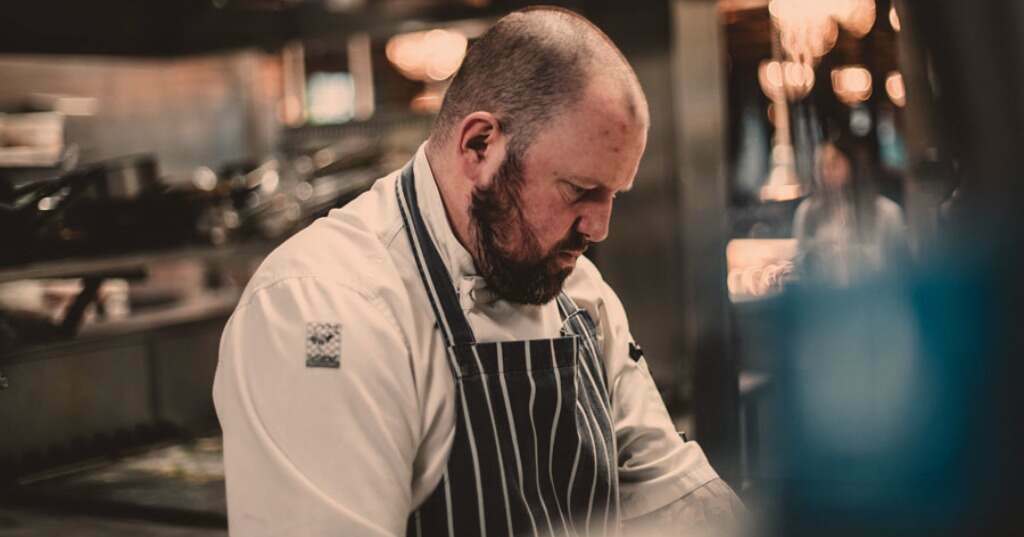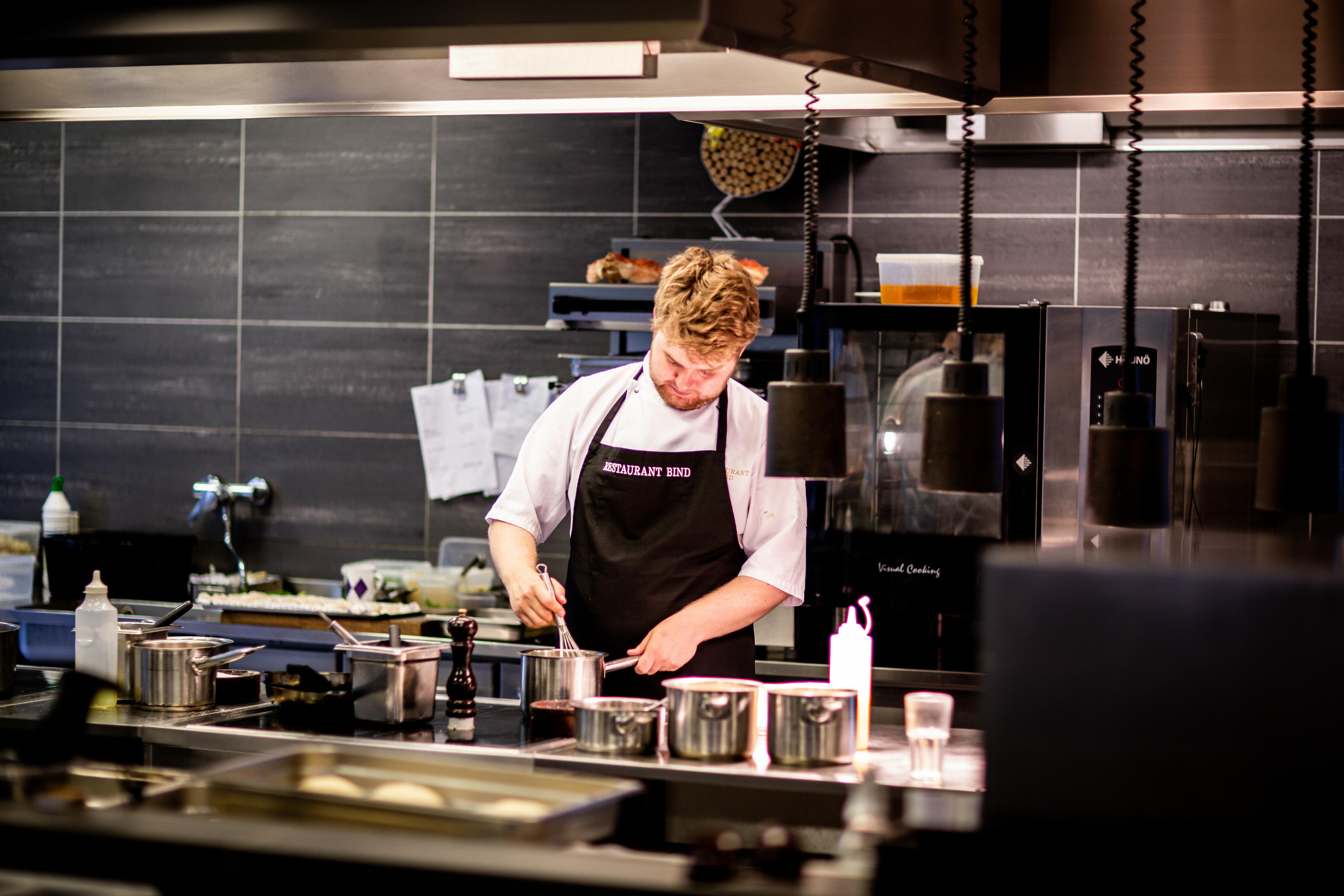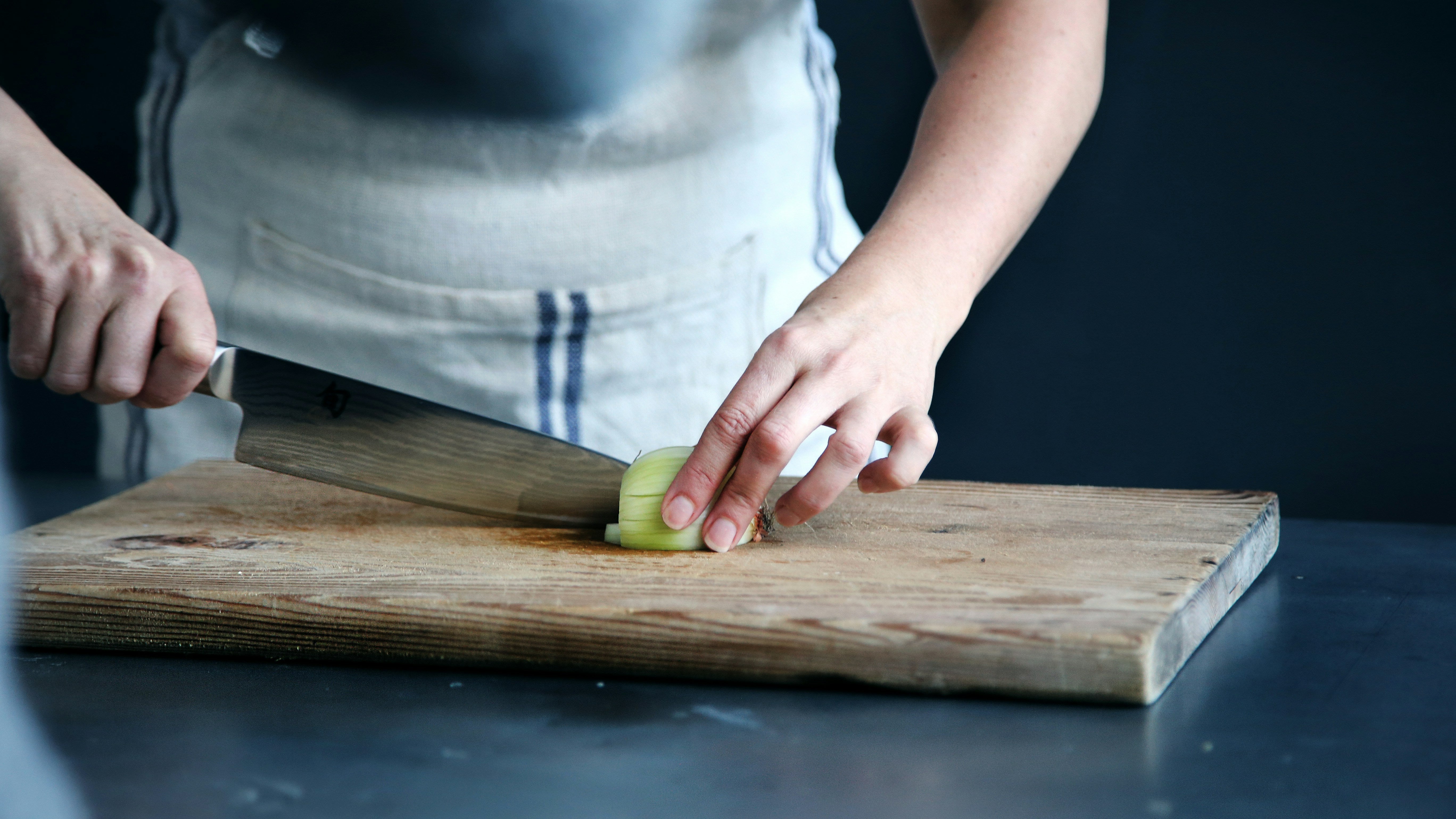There are many different types of chefs. There are the main job roles, like Head Chef, Sous Chef and Commis Chef. Then there are the different specialisations like a Saucier and a Pâtissier. From entry-level to the boss, we’ll look at each chef role in the kitchen to help you build your culinary career.

The Different Types of Chef
- Head Chef (or Executive Chef)
- Sous Chef
- Station Chef (Chef de Partie)
- Expediter
- Kitchen Manager
- Pastry Chef (or Pâtissier)
- Saucier
- Fish Cook (or Poissonier)
- Vegetable Cook (or Entremetier)
- Meat Cook (or Rotisseur)
- Pantry Chef (or Chef Garde Manger)
- Commis Chef
Head Chef (or Executive Chef)
The Head Chef (also known as the Executive Chef) is the boss of the kitchen. It takes years of experience and time spent in many of the other positions mentioned in this blog to become one. The kitchen is their responsibility and they’ll have the most significant input into the menu.
During a shift, the Head Chef will be in the kitchen to oversee everything is running smoothly. They’ll ask the Sous Chef(s) to assist them. The Head Chef will likely not be involved in any cooking; instead, they’ll make sure all dishes are perfect before going out.
Sous Chef
The Sous Chef is second-in-command in the kitchen and has been since the late 19th century, assisting the Head Chef in overseeing the kitchen. There can be more than one Sous Chef depending on the size of the kitchen. After all, the Head Chef can’t be in multiple places at once.
The Sous Chef is responsible for checking everything is working smoothly in the kitchen. Communication and an eye for detail are important skills you need to be a Sous Chef.
Station Chef (or Chef de Partie)
The Station Chef has lots of responsibility on their plate as they’re in charge of one area in the kitchen. They work directly below the Sous Chef within the kitchen hierarchy and they’re responsible for all the chefs working in their area. Most Chef de Parties will specialise in one culinary area (for example, a Pastry Chef) and then be responsible for their team.

It’s important to have good communication skills to make sure everyone in your team knows what they must do to get food out on time.
Expediter
The Expediter checks the meals are perfectly presented and served correctly before they leave the kitchen.
The Head Chef usually takes on the responsibilities of the Expediter in a small kitchen. But larger kitchens will have an Expediter near the door to check the food before a server takes it.
Kitchen Manager
Kitchen Managers tend to work behind-the-scenes. They check all ingredients are stocked and equipment is working. The managers do more paperwork as it’s the Head Chef’s job to oversee the employees in the kitchen.
The Kitchen Manager works with the Head Chef and the owner of the restaurant to keep the kitchen and the restaurant running efficiently.
Commis Chef
This is normally an entry-level position when starting your career as a chef. The Commis Chef works alongside the other kitchen staff. Usually, they’ll assist the Chef de Partie with food preparation. This job allows you to see how a kitchen works first-hand and to work beside an experienced cook.
To get a job as a Commis Chef, you need to show some kitchen experience and a drive to work in the culinary industry. Working in a kitchen means long shifts but rewarding work.
Pastry Chef (or Pâtissier)
Pastry Chefs usually attend culinary school to train their skills. They’re skilled in making desserts, pastries, bread and other types of baked goods. Pastry Chefs are valuable in the kitchen. You can find the Pâtissier in hotels, bakeries, cafes and restaurants.

Saucier
Sauces are important when it comes to high-quality dining and the Saucier is responsible for making sure the sauces are always right. It’s a good first step up the ladder of the kitchen hierarchy with someone taking on more responsibility to show they’re trustworthy.
Fish Cook (or Poissonier)
The Poissonier specialises in everything relating to fish. If a restaurant has a large section of fish dishes on the menu, the Fish Cook will be in charge of preparing and cooking fish, shellfish and their accompanying sauces.
Vegetable Cook (or Entremetier)
The Vegetable Cook prepares all the vegetable dishes but they’ll also be assigned to prepare soups and egg dishes too.
Meat Cook (or Rotisseur)
The Rotisseur works mainly with meats and are responsible for preparing the meats and cooking them.
Pantry Chef (or Chef Garde Manger)
The Chef Garde Manger is responsible for all refrigerated ingredients and dishes. In large restaurants, their huge fridges need to have a chef in charge to check all food is fresh and monitor stock levels.
This was just a quick guide to run through the different jobs available. To help you see in more detail the types of chef jobs there are and what’s involved, make sure to check out our guide.
The Complete Guide to Chef Jobs
There are all kinds of different roles available in the kitchen for anyone looking for a rewarding career. If you love culinary creations, then a career as a chef could be for you. We’ve created a career guide that’s packed with all of the information you need to get started on your journey.










